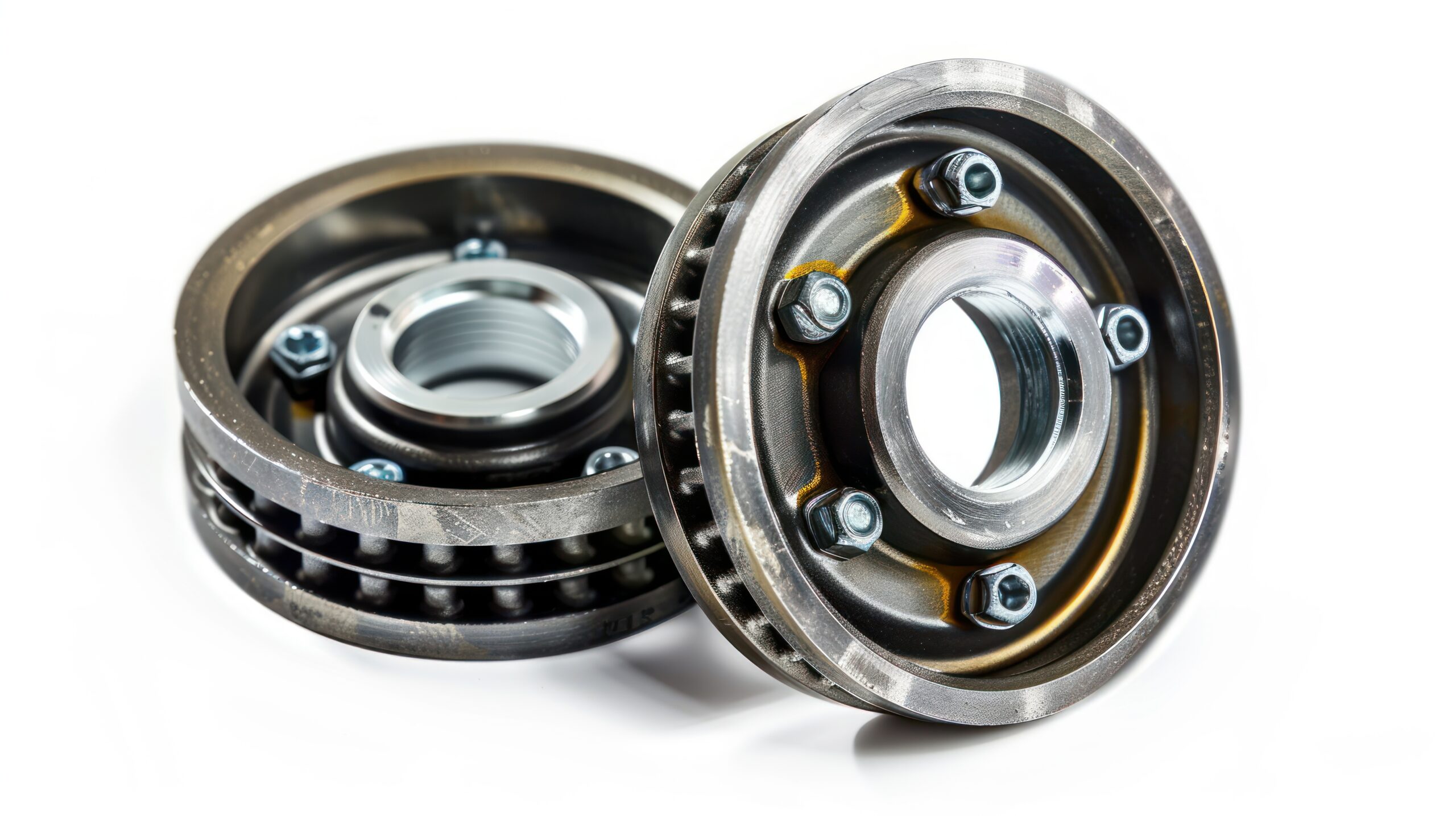As a vehicle owner, understanding the components that keep your car running smoothly is crucial. One such component that is often overlooked until it fails, is the wheel bearing. This small but mighty part plays a vital role in your vehicle’s performance and safety. In this month’s blog post, we examine the purpose and function of wheel bearings, common problems, and maintenance tips.
What Are Wheel Bearings?
Wheel bearings are sets of steel balls or tapered rollers held together by a metal ring called a race. They are found in the hub assembly, which connects the wheel to the axle. The primary function of wheel bearings is to reduce friction and allow the wheels to spin smoothly. When the wheel bearings are doing their job, your vehicle has a stable and efficient ride.
The Function of Wheel Bearings
Wheel bearings are essential for several reasons:
- Smooth Rotation: They allow the wheels to turn with minimal friction, which is crucial for smooth driving.
- Support Vehicle Weight: They bear the weight of the vehicle, ensuring that the load is evenly distributed.
- Enhance Performance: By reducing friction, they contribute to better fuel efficiency and overall vehicle performance.
- Safety: The wheel bearings help to maintain the control of the steering and braking of the vehicle, which ensures that the driver has full control of the vehicle.
Common Problems with Wheel Bearings
Despite their durability, wheel bearings can develop issues over time. Here are some common problems:
- Noise: One of the first signs of a failing wheel bearing is unusual noise coming from the wheels. You may hear sounds likes grinding or humming when you are driving at lower speeds.
- Uneven Tire Wear: Worn bearings can cause the wheel to wobble, leading to uneven tire wear. The worn bearings may also affect your alignment of the wheels.
- Steering Wheel Vibration: When wheel bearings are defective, you may experience a vibrating steering wheel when driving at higher speeds.
- ABS Failure: Many modern vehicles have anti-lock brake system (ABS) sensors integrated into the wheel bearing assembly. If the wheel bearing is failing, it may trigger an ABS warning light on your dashboard.
How to Maintain Wheel Bearings
Proper maintenance can extend the life of your wheel bearings and ensure your vehicle runs smoothly. Here are some tips:
- Regular Inspections: Periodically check your wheel bearings for signs of wear and tear. Take special note of any unusual sounds.
- Keep Them Clean: Dirt and debris can cause premature wear. Proper maintenance includes keeping the wheel bearings free from contaminants.
- Proper Lubrication: Bearings need to be well-lubricated to function correctly.
- Timely Replacement: If you notice any signs of a failing bearing, replace it promptly.
Wheel bearings might be small, but their role in your vehicle’s performance and safety is significant. By understanding their function, recognizing the signs of wear, and maintaining them properly, you can ensure a smoother, safer ride. If you would like to have your wheel bearings inspected, contact the service professionals at Best Western Transmission to schedule an appointment.

